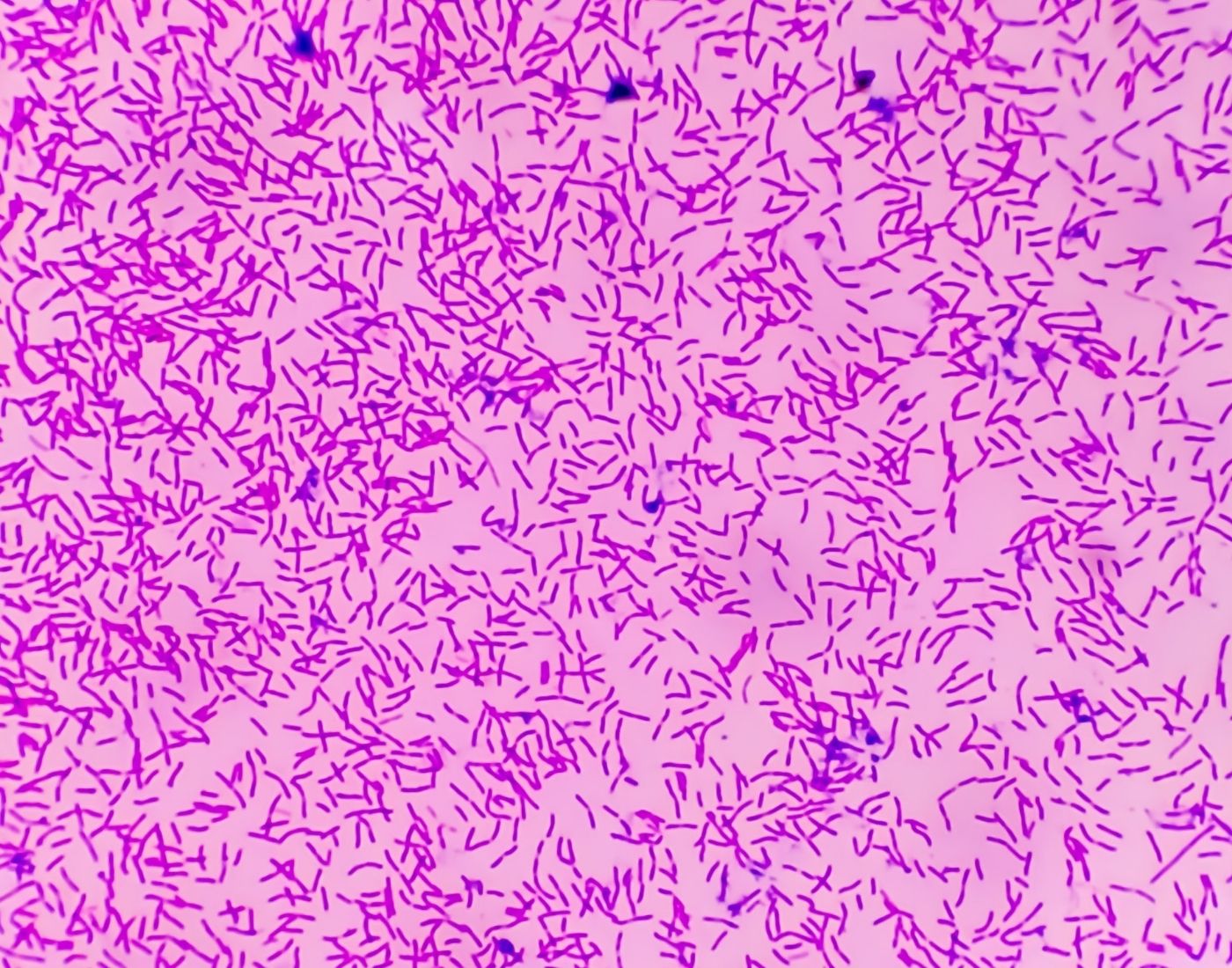E. coli is a group of bacteria and certain types of it can cause food poisoning.
E. coli are a large and varied group of bacteria. Most strains of E. coli are harmless to humans and they can live in the gut of animals without causing any problems to their health. However, some strains can cause food poisoning and are called Shiga toxin-producing E. coli (or STEC for short). There are many types of STEC that cause disease with the most common being E. coli O157. There are other types that can cause illness, and these are known as non-O157 STEC. Sometimes STEC will also be referred to as VTEC (Vero cytotoxin-producing E. coli) but it’s the same bacteria.
STEC is an important public health challenge in Scotland, as it continues to cause outbreaks of infection, severe illness and, in some cases, death, particularly amongst children.
With approximately 150 cases of E. coli O157 each year (and approximately 80-100 non-O157 STEC), Scotland consistently reports higher rates of infection compared to other UK countries. The highest rate of infection is reported in those aged 16 and under, and in particular, children aged 4 years and under.

